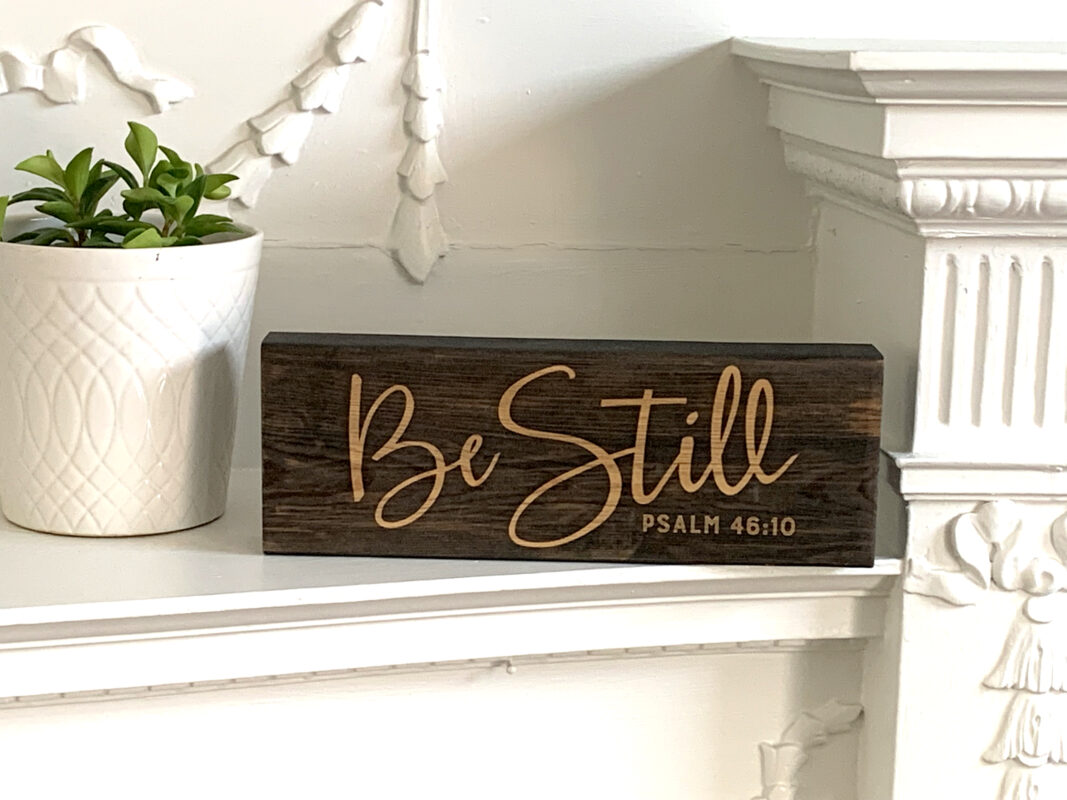Blog
The Comfy Trap
Sitting in the rear seat of the bus, an unusual sight catches my attention. A thirty-something lady is driving a big, dark-colored car, and on the seat next to her, I see a pair of white socks comfortably relaxing on the dashboard. The head that usually controls the feet is invisible. From the size of the feet that wave with every turn, I suppose that the relaxed human is a child.
In a very hasty flashback, using what’s left of my memory, I remember the old ads on American television. Every happy American family should possess the biggest number of devices making their life easier and more comfortable. The cozy and comfy house, the comfort zone, the laid-back person, and many other modern American vocabulary reflect the importance of comfort in American culture. The giant recliner, giant screens, and extra-size potato chips bag or cookies decorate the houses of middle-class suburban workers as well as city dwellers.
History tells us that many factors contributed to the collapse of the Roman Empire, one of them being the swamp of comfort culture. We humans easily forget that our body comprises more than six hundred skeletal muscles, but the comfy culture urges our mind to use less than sixty when we move from the recliner to the couch.
Happily, many people avoid the comfy traps; they leave their cellphones behind and run in the streets and parks, hoping to escape the consequences of comfort. What does all this have to do with the CS blog? Centering Space is a soul comfort zone, a type of comfort still elusive to many American hard workers. Silence, meditation, conviviality, and many other spiritual aspects offer real comfort to the mind and body. Leave your comfy couch and come discover what Centering Space has prepared for you as a comfort zone that feeds your soul and mind.
Naja Yazbek


